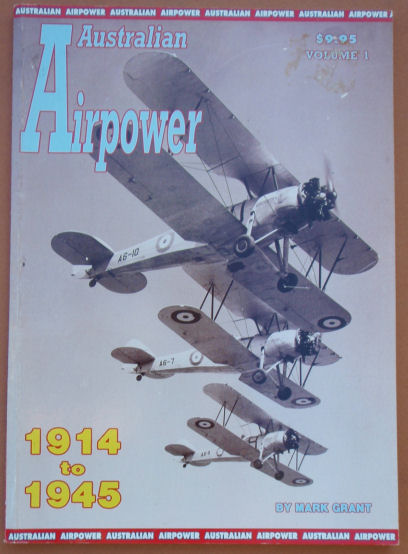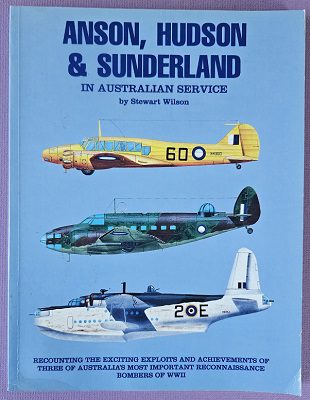Description
Title: The Fabulous Catalina
Author: Cleworth, Robert
Condition: Mint
Edition: 3rd Edition
Publication Date: 2007
ISBN: 978174138297
Cover: Soft Cover without Dust Jacket – 277 pages
Comments: A collection of Catalina and flying boat anecdotes from veterans and relatives of those who flew these machines.
The Consolidated PBY Catalina was an American flying boat of the 1930s and 1940s produced by Consolidated Aircraft. It was one of the most widely used multi-role aircraft of World War II. Catalinas served with every branch of the United States Armed Forces and in the air forces and navies of many other nations.
During World War II, PBYs were used in anti-submarine warfare, patrol bombing, convoy escorts, search and rescue missions (especially air-sea rescue), and cargo transport. The PBY was the most numerous aircraft of its kind and the last active military PBYs were not retired from service until the 1980s.
In their role as patrol aircraft, Catalinas participated in some of the most notable naval engagements of World War II. The aircraft’s parasol wing and large waist blisters provided excellent visibility and combined with its long range and endurance, made it well suited for the task.
The Royal Australian Air Force (RAAF) also operated Catalinas as night raiders, with four squadrons Nos. 11, 20, 42, and 43 laying mines from 23 April 1943 until July 1945 in the southwest Pacific deep in Japanese-held waters, bottling up ports and shipping routes and forcing ships into deeper waters to become targets for U.S. submarines; they tied up the major strategic ports such as Balikpapan which shipped 80% of Japanese oil supplies. In late 1944, their mining missions sometimes exceeded 20 hours in duration and were carried out from as low as 200 feet in the dark. Operations included trapping the Japanese fleet in Manila Bay in assistance of General MacArthur’s landing at Mindoro in the Philippines. Australian Catalinas also operated out of Jinamoc in the Leyte Gulf, and mined ports on the Chinese coast from Hong Kong to as far north as Wenchow. The RAAF Catalinas regularly mounted nuisance night bombing raids on Japanese bases, claiming the slogan “The First and the Furthest”. Targets of these raids included a major base at Rabaul. RAAF aircrews, like their U.S. Navy counterparts, employed ‘terror bombs’, ranging from scrap metal and rocks to empty beer bottles with razor blades inserted into the necks, to produce high pitched screams as they fell, keeping Japanese soldiers awake and scrambling for cover.




